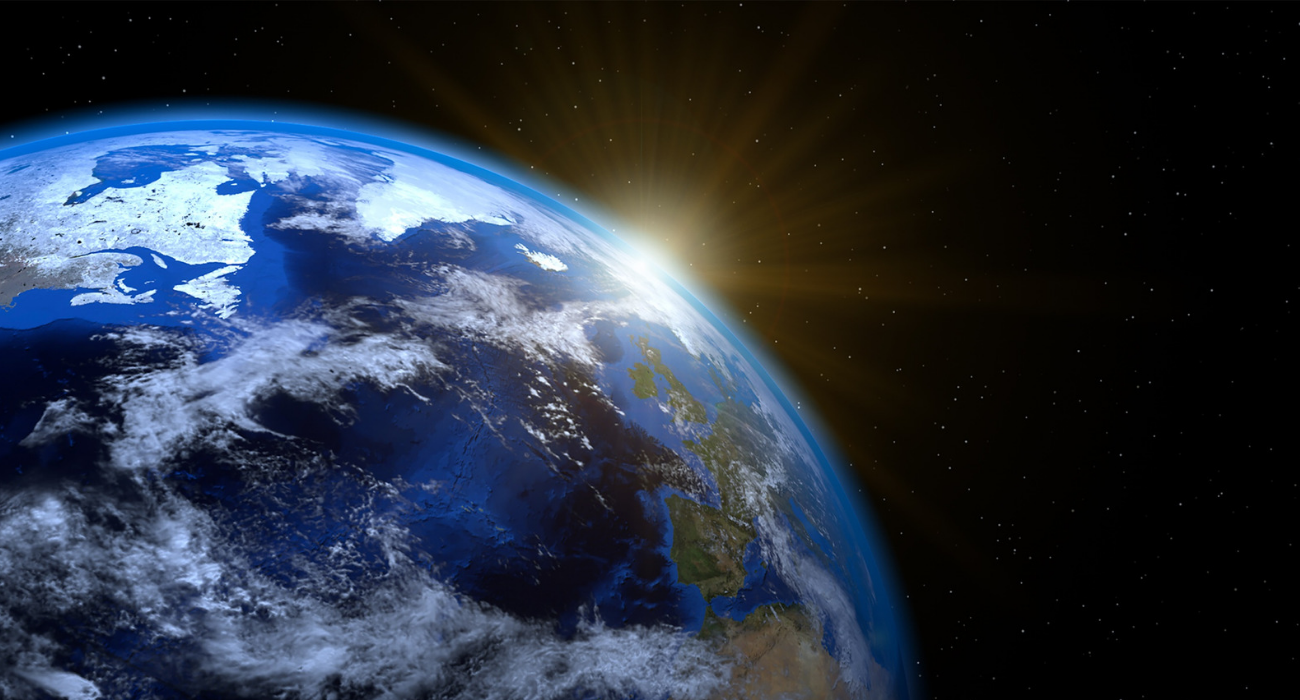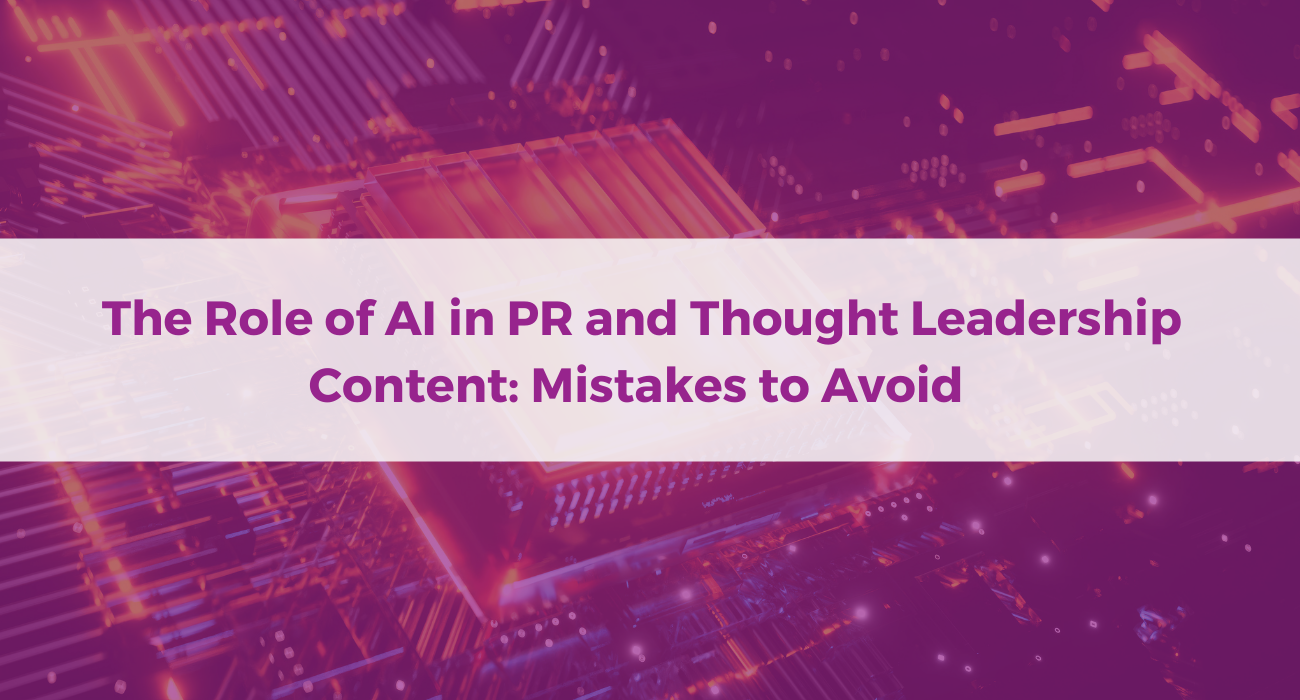
Can PR save the planet?
“It’s just one straw,” said 7 billion people…
Plastic is big news. It’s set to outweigh the number of fish in the ocean in just 32 years and the current ocean plastic level is at 150 million tonnes. The expression ‘out of sight, out of mind,’ couldn’t be more accurate and experts are blaming people’s lack of culpability on the extreme pollution we see hitting headlines every day – we all remember that heartbreaking Blue Planet II episode which featured a whale stuck in a plastic bag.
So with plastic washing up violently on the shores of the Philippines, and microfibres present in drinking water and in the fish we consume, can we do anything to reverse the impact on the world? Well, there’s a powerful force out there and it’s called PR.
“The greatest danger to our planet is the belief someone else will save it.” – Robert Swan OBE, Polar Explorer.
Planet-saving PR
Media attention is critical in raising widespread awareness for just about anything, whether it be the US president’s latest faux pas, a brand new product release or a key environmental campaign; and it’s where PR plays a crucial role. Charities dedicated to saving the planet rely solely on PR to get their message out to the mass public, with a focus on editorial as opposed to advertorial to preserve the stringent budget. As a PR agency, we always have a keen eye on the news and we’ve seen the shift in mindset towards waste and the environment, as thought leadership messaging has been projected onto the general public through targeted PR campaigns.
Environmental organisations recognise the power of strong, structured PR campaigns and PR stunts, and the reaction from the public, whether it be an increase in donations or the changing of damaging habits, is a success for these groups. It has led to people looking up from their lives at the bigger picture, from their 4-wall houses to their actual home, the Earth, all because they’re being starkly made aware of what’s going on via thought leadership in the media.
Engaging environmental endeavours
Organisations such as Greenpeace rely on PR and news coverage to get their message across to the general public, and for support. Without their efforts, the world would most certainly be in an even more dire position. Its recent campaign around Barclays refusal to stop funding damaging oil pipelines, is the perfect example of how PR and innovative publicity stunts can have a resounding and lasting impact on a large portion of the population, with coverage across the majority of national news sites. In this case the bold transformation of the Barclays logo, at its very public headquarters, had the shock factor needed to result in thousands rallying behind the movement.
A similarly innovative campaign around the creation of an Antarctic Ocean Sanctuary, involving support from celebrity actor Javier Bardem, also received high coverage and successfully resulted in public backing from both the Foreign Secretary at that time and an overwhelming portion of the public. This was due to its factual approach to the number of animals and at-risk ecosystems in the Antarctic, that was relayed to the public through engaging thought leadership articles.
“Never doubt that a small group of thoughtful, committed citizens can change the world; indeed, it is the only thing that ever has.” – Margaret Mead, Cultural Anthropologist.
Savvy social media
Social media is a key tool for building brand awareness. Patagonia recently embarked in an environmental social campaign where it offered to donate 100% of black friday sales to grassroots environmental groups, and it more than tripled its projected sales to $10 million thanks to the subsequent social pick up the campaign received. Another great example is the WWF #EndangeredEmoji campaign, where every time a user tweeted a specific WWF emoji, it was tracked and added to a small monetary amount for an optional donation at the end of the month. Throughout the two-month campaign, WWF received 59,618 sign ups while gaining global press coverage and influencer attention, a true indicator of success.
Last month also saw the globally recognised #PlasticFreeJuly, promoting more sustainable living and awareness of wastage, with timely posts by charities and environmental groups helping to spur on involvement from members of the public and increase donations. Many felt like ‘modern-day superheroes’ with posts about their own plastic-free endeavours, and rightly so. After all, the world’s 7.6 billion people represent just 0.01% of all living things, but since the dawn of civilisation, humanity has caused the loss of 83% of all wild mammals and half of plants – imagine what we could do if we flipped that around.
So the power of PR is clear and it’s ability to reach millions of people makes it an obvious choice for raising environmental awareness. After all, if 7 billion people changed something minute in their lives, the ripples in the proverbial puddle would be extraordinary.
“No straw please,” said 7 billion people… and that was just the beginning.
If you’re interested in finding out how you can help save the planet, Greenpeace has lots of tips!
If you have an important message to share, we can help you get it out there. Get in touch: prworks@neopr.co.uk




